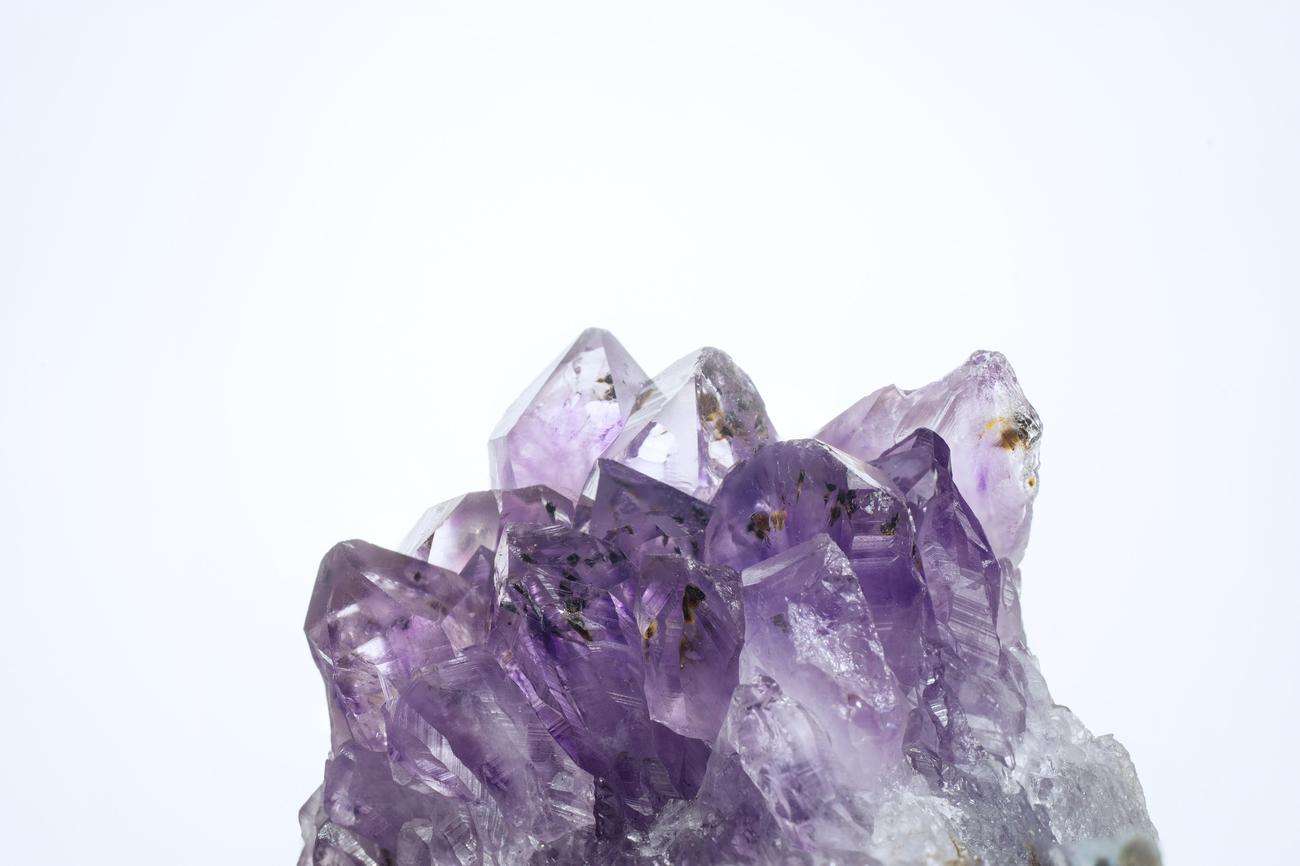Welcome to the world of aluminum oxide, where exceptional properties meet scientific curiosity and industrial applications. In this article, we embark on a fascinating journey to unravel the marvels of aluminum oxide and explore its extraordinary characteristics. As a seasoned materials engineer with over a decade of experience in the field, I am thrilled to guide you through the intricate world of this versatile compound. Get ready to dive into a realm of exceptional hardness, remarkable resistance to corrosion, an impressively high melting point, and countless possibilities for everyday use. Prepare to be captivated by the beauty and potential of aluminum oxide!

Aluminum Oxide Properties
Aluminum oxide, also known as alumina, is a fascinating material with a wide range of exceptional properties. In this article, we will delve into the marvels of aluminum oxide and explore its unique characteristics that make it a highly valuable substance in scientific, industrial, and everyday contexts.
Exceptional Hardness:
One of the most remarkable properties of aluminum oxide is its exceptional hardness. With a hardness rating second only to diamonds, this material is renowned for its impressive resistance to wear and abrasion. In fact, aluminum oxide is often used in the production of cutting tools, abrasive powders, and grinding wheels due to its incredible durability and ability to maintain its sharpness even under high-pressure conditions. It truly stands as a testament to the incredible strength and resilience of this remarkable substance.
“Aluminum oxide’s exceptional hardness makes it a highly valuable material in industries that require wear-resistant tools and grinding applications.”
Resistance to Corrosion:
Another key property that sets aluminum oxide apart is its remarkable resistance to corrosion. Unlike many other metals and materials, aluminum oxide remains unaffected when exposed to moisture, chemicals, and harsh environments. This property makes it an excellent choice for applications where durability and longevity are essential, such as in the production of chemical reactors, electrical insulation, and various components utilized in corrosive environments.
“Aluminum oxide’s exceptional resistance to corrosion ensures its reliability and longevity in environments where other materials would degrade.”
High Melting Point:
One of the most impressive attributes of aluminum oxide is its extraordinarily high melting point. With a melting point of approximately 2,000°C (3,600°F), aluminum oxide can withstand extreme temperatures that would cause many other materials to melt or deform. This characteristic makes it ideal for applications in high-temperature environments, including furnace linings, refractory materials, and thermal insulators. Whether used as a coating or a structural component, aluminum oxide’s high melting point ensures its stability and performance under intense heat.
“Thanks to its high melting point, aluminum oxide excels in applications requiring exceptional heat resistance, ensuring reliability and performance even in extreme temperature conditions.”
Versatility in Applications:
Due to its impressive properties, aluminum oxide finds extensive use across various industries. It can be machined and molded into intricate shapes, allowing for the production of hard, wear-resistant materials suitable for industrial applications. Moreover, its electrical insulating properties, combined with its high thermal conductivity, make it an excellent choice for electrical insulation and heat dissipation in electronic devices. Aluminum oxide’s versatility extends to its usage in catalysts, optical coatings, and even as a filler material in the polymer industry.
“The versatility of aluminum oxide in various applications makes it an invaluable material, meeting diverse functional demands across industries.”
In conclusion, aluminum oxide exhibits a range of extraordinary properties that place it in a league of its own. Its exceptional hardness, resistance to corrosion, high melting point, and versatility make it a sought-after material in numerous scientific, industrial, and everyday contexts. Whether it’s providing wear resistance in cutting tools, offering stability in high-temperature environments, or insulating electrical components, aluminum oxide continues to prove its worth. Its unique characteristics are a testament to the marvels of materials science and engineering, enabling innovation and paving the way for advancements in various fields.
“Aluminum oxide’s exceptional properties empower industries with reliable, high-performance materials that surpass expectations and fuel progress.”
Aluminum oxide is a fascinating compound that has many interesting facts surrounding it. From its wide range of applications to its unique properties, there is so much to discover about aluminum oxide. If you’re intrigued and want to dive deeper into this subject, click here to explore some captivating and fascinating facts about aluminum oxide: interesting facts about aluminum oxide. Uncover the secrets behind this incredible substance and expand your knowledge today!

FAQ
Q: What are the key properties of aluminum oxide?
A: Aluminum oxide exhibits exceptional hardness, resistance to corrosion, and a high melting point. It is an electrical insulator and has a thermal conductivity of 30 Wm−1K−1, which is relatively high for a ceramic material.
Q: Is aluminum oxide soluble in water?
A: No, aluminum oxide is insoluble in water. It remains as a white powdery substance with no odor when in contact with water.
Q: Can aluminum oxide be used in industrial applications?
A: Yes, aluminum oxide can be machined or molded into hard and wear-resistant materials suitable for various industrial uses.
Q: What is the melting point of aluminum oxide?
A: Aluminum oxide has an extremely high melting point of 2,000°C or about 3,600°F.
Q: Is aluminum oxide soluble in water?
A: No, aluminum oxide is insoluble in water. It does not dissolve when in contact with water.
“`json
“`
- SYBAU See You Baby Meaning: Gen Z Slang Evolves - July 1, 2025
- Unlock Your Inner Youth: Lifestyle Secrets for a Vibrant Life - July 1, 2025
- Decode SYBAU Meaning: Gen Z Slang Explained - July 1, 2025






